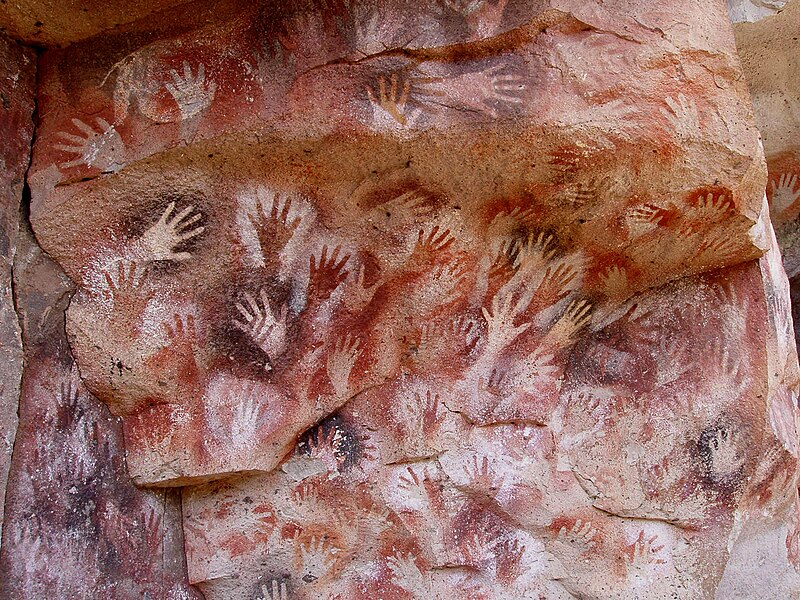The Witness (El Testigo) by Jorge Luis Borges (1899-1986)
In a stable that stands almost within the shadow of the new stone church, a man with gray eyes and a gray beard, sprawled amidst the odor of the animals, humbly seeks his death as though he were seeking sleep.
The day, faithful to vast, secret laws, moves about displacing and blending the shadows in that modest place; outside there are plowed fields, and a ditch clogged with dried leaves, and perhaps some faint tracks of a wolf upon the black clay at the edge of the forest.
The man sleeps and dreams, forgotten. The tolling bells that call to prayer awaken him. In the kingdoms of England, the summoning of the bells has already become part of the evening’s routine; but, in his boyhood, the man has seen the face of Woden, the divine horror and exultation, the cumbrous wooden idol overladen with Roman coins and unwieldy vestments, the sacrifice of horses, dogs and prisoners. The man will die before dawn, and along with him will also perish, never to return, the last direct, eyewitness images of the pagan rites. The world will be poorer once this Saxon man has died.
We may wonder at events that exist in space, but reach their end when someone dies; and yet some thing, or an infinite number of things, dies and is lost along with anyone’s death, unless there actually exists a universal memory, as the theosophists have speculated. Over the course of time, there came a day that forever blinded the last eyes to have witnessed Christ; the Battle of Junín, and the love of Helen, died with the death of some one.
What shall die with me when I die? What pathetic or inconsequential form will the world nevertheless lose? The voice of Macedonio Fernández, the memory of a bay horse in an empty lot at the corner of Serrano and Charcas, a bar of sulfur inside the drawer of a mahogany desk?
─ Translated from El hacedor (1960) by Andras Corban Arthen





